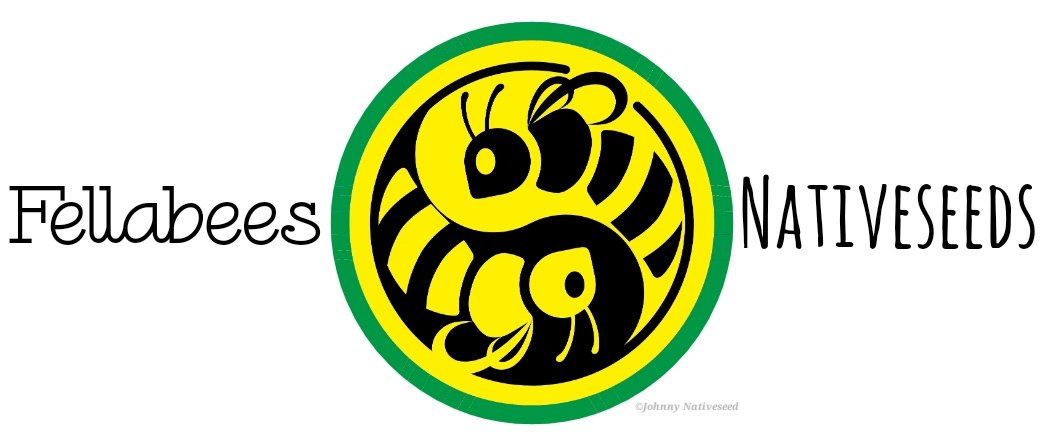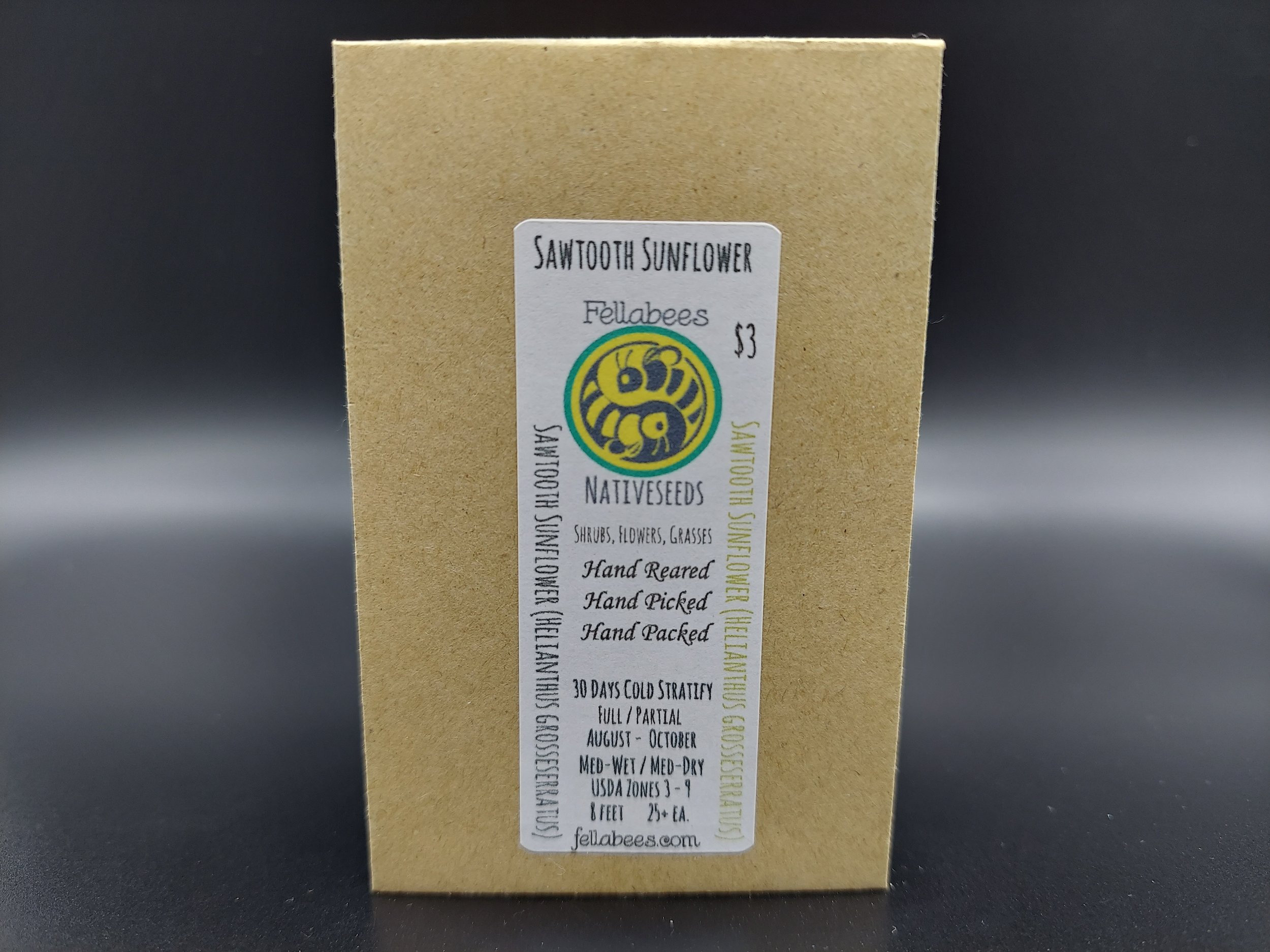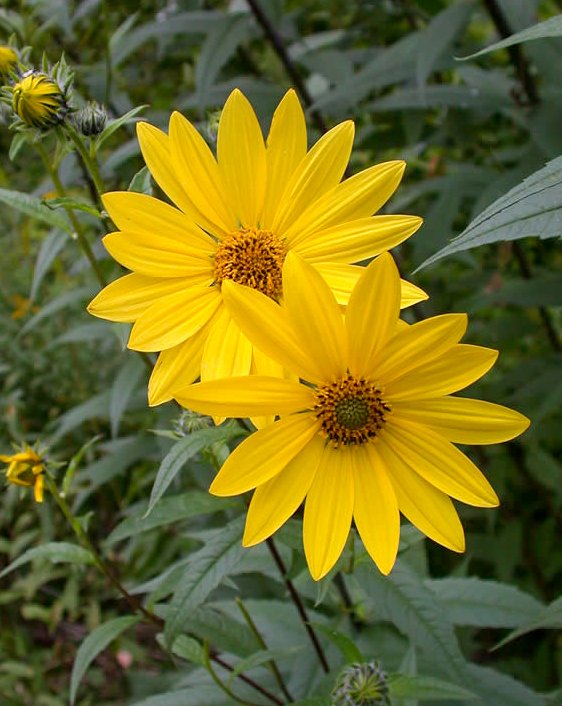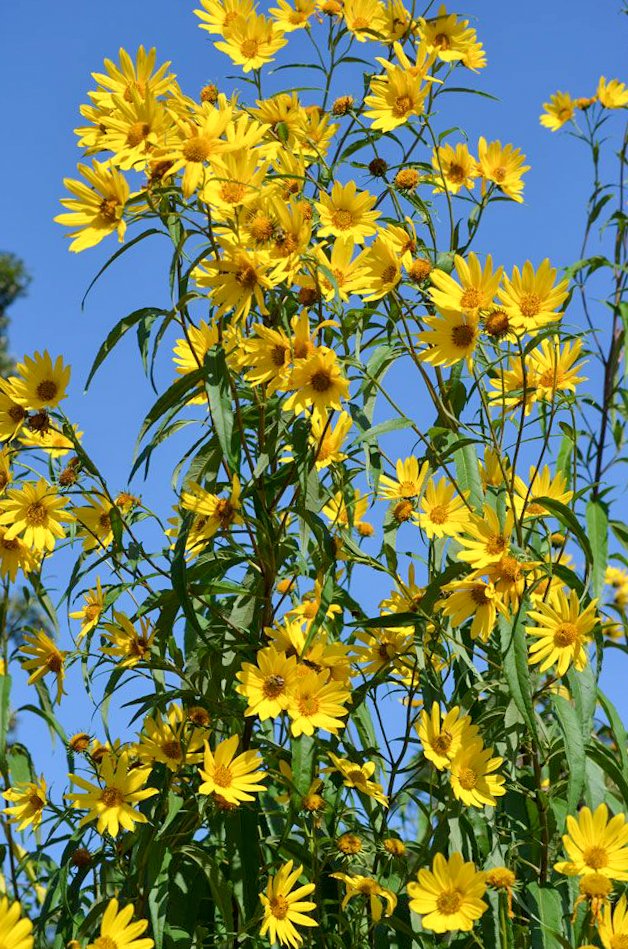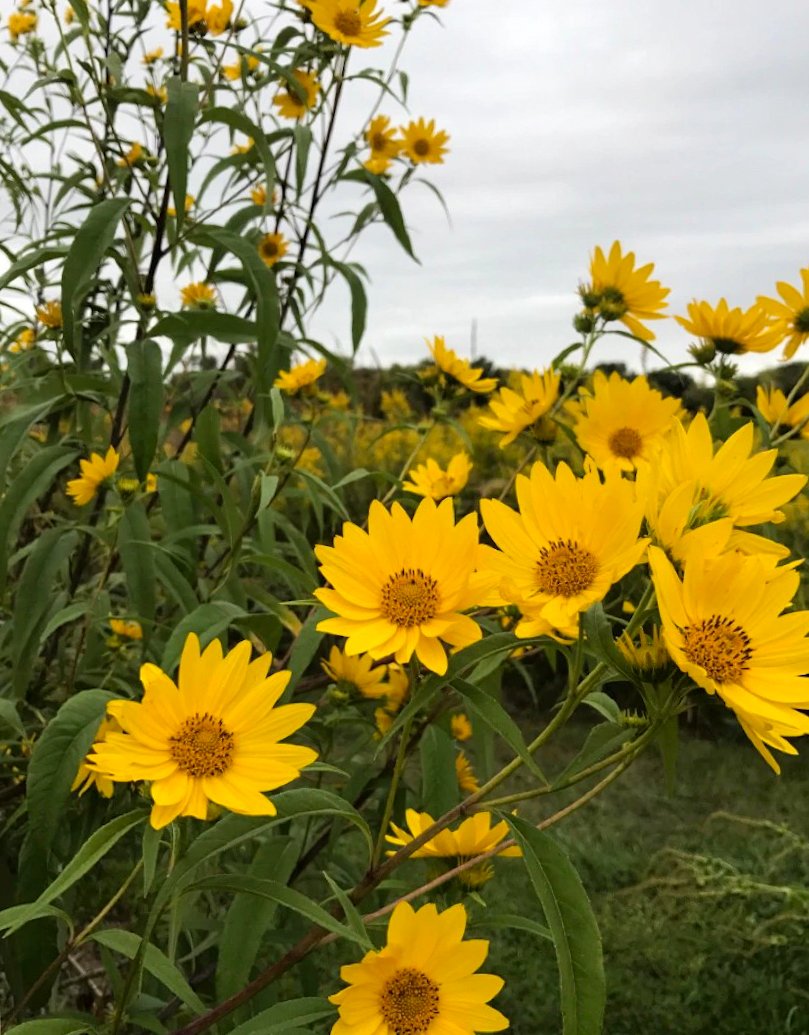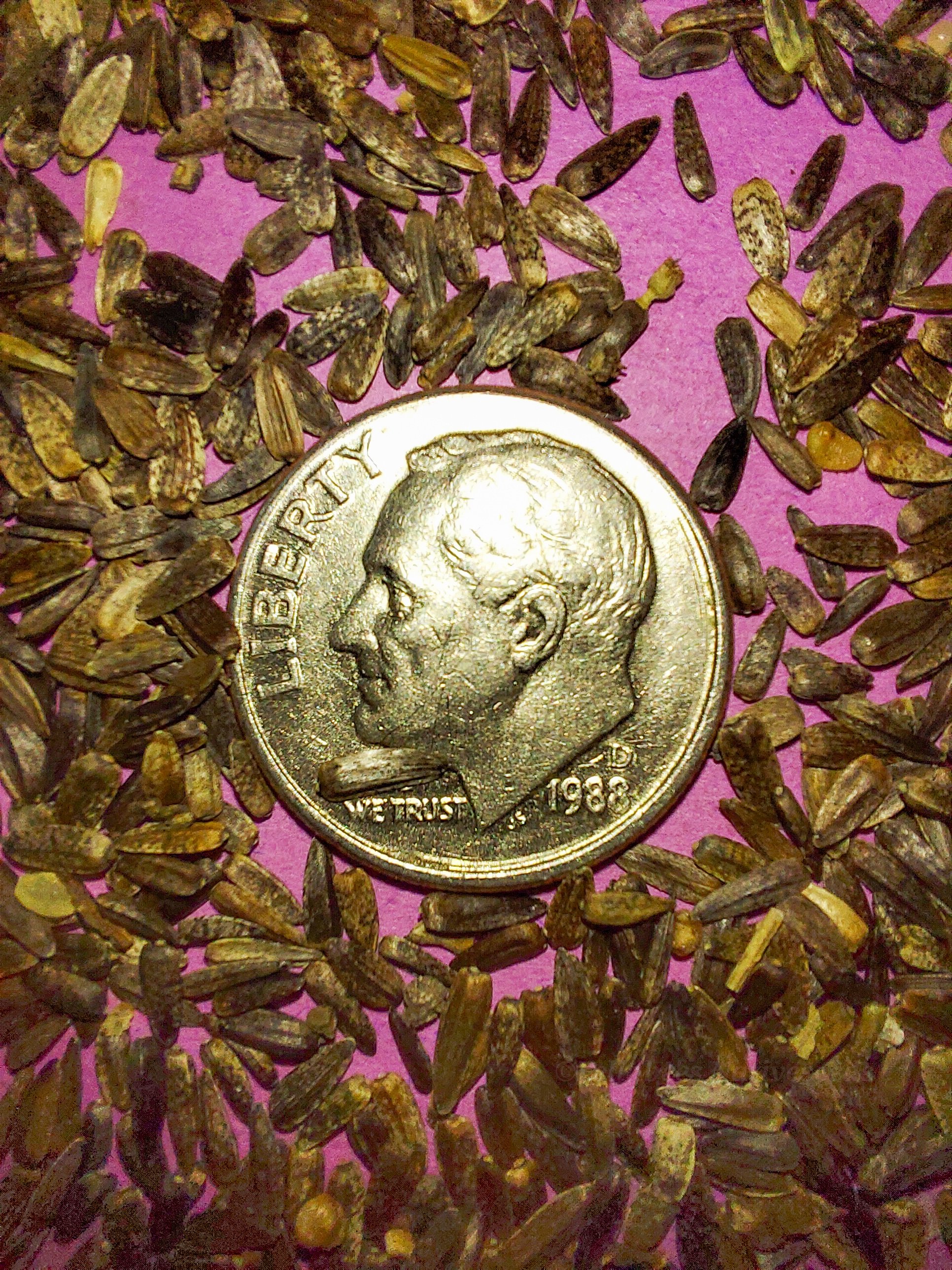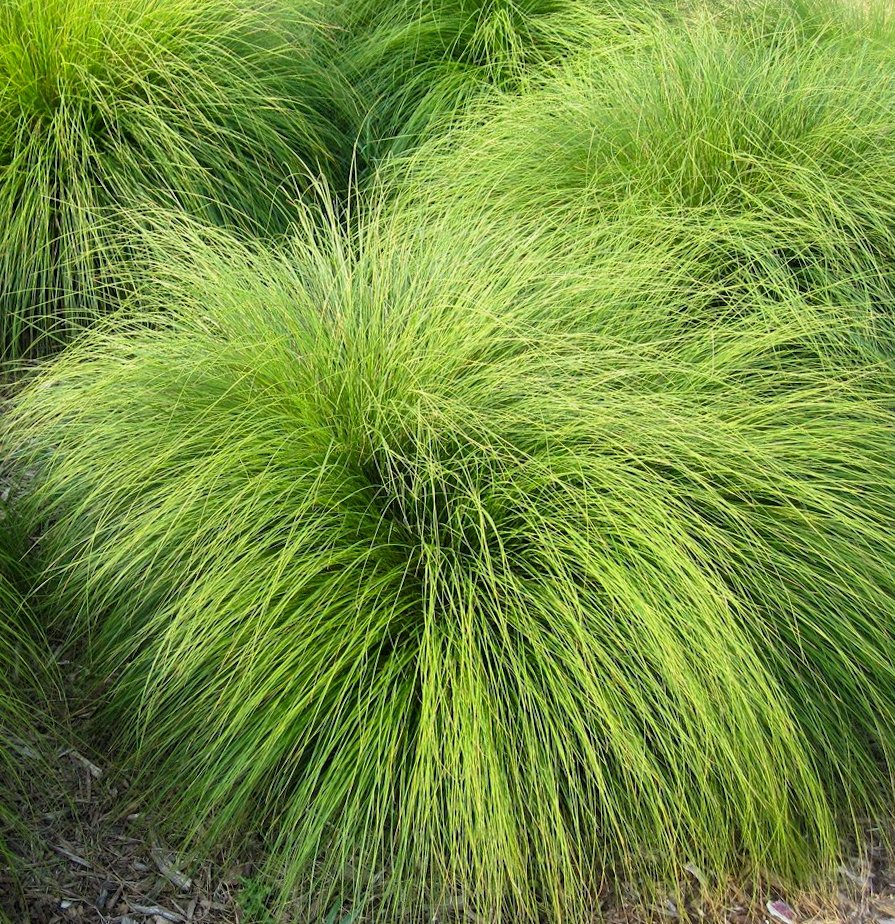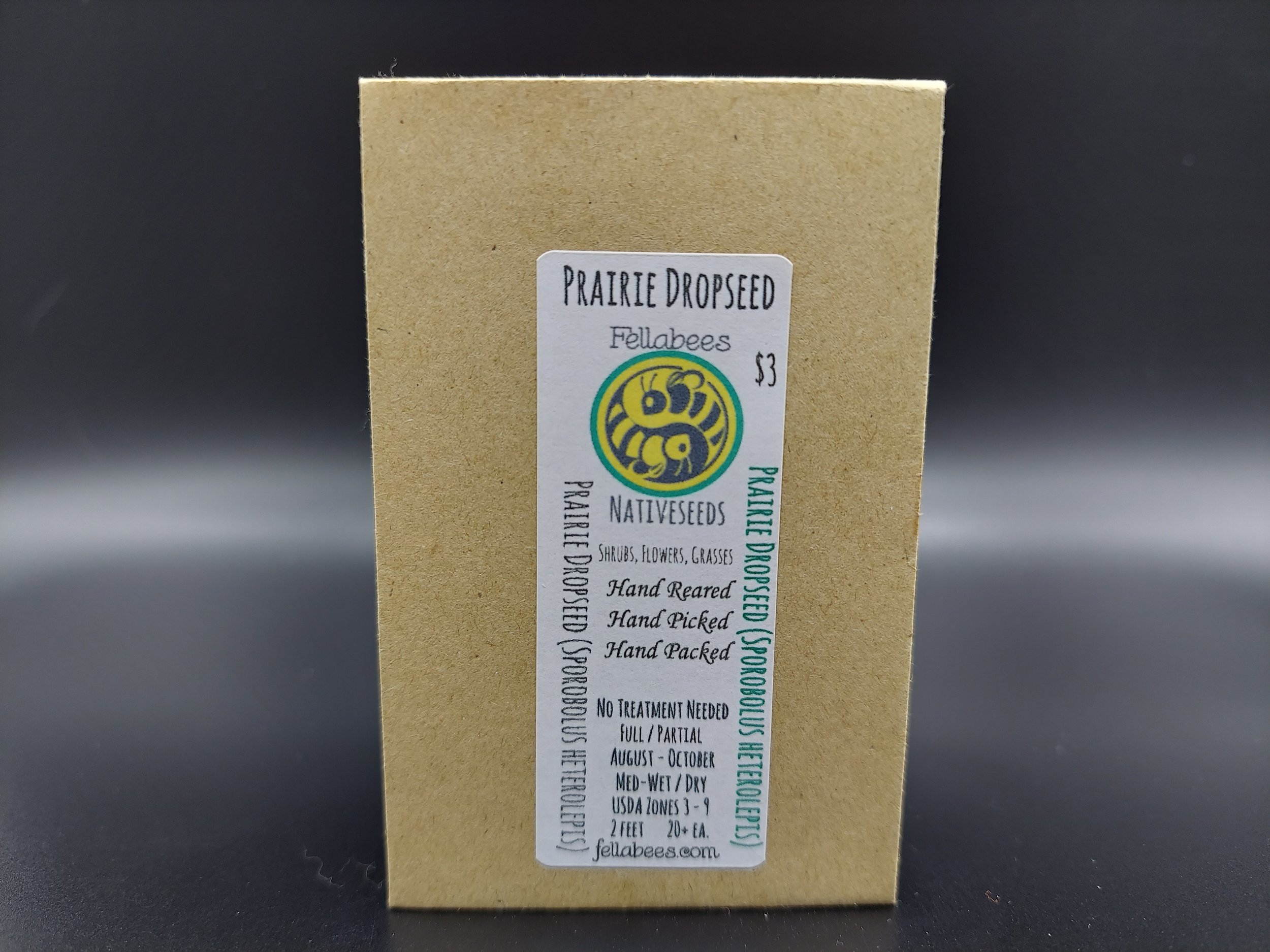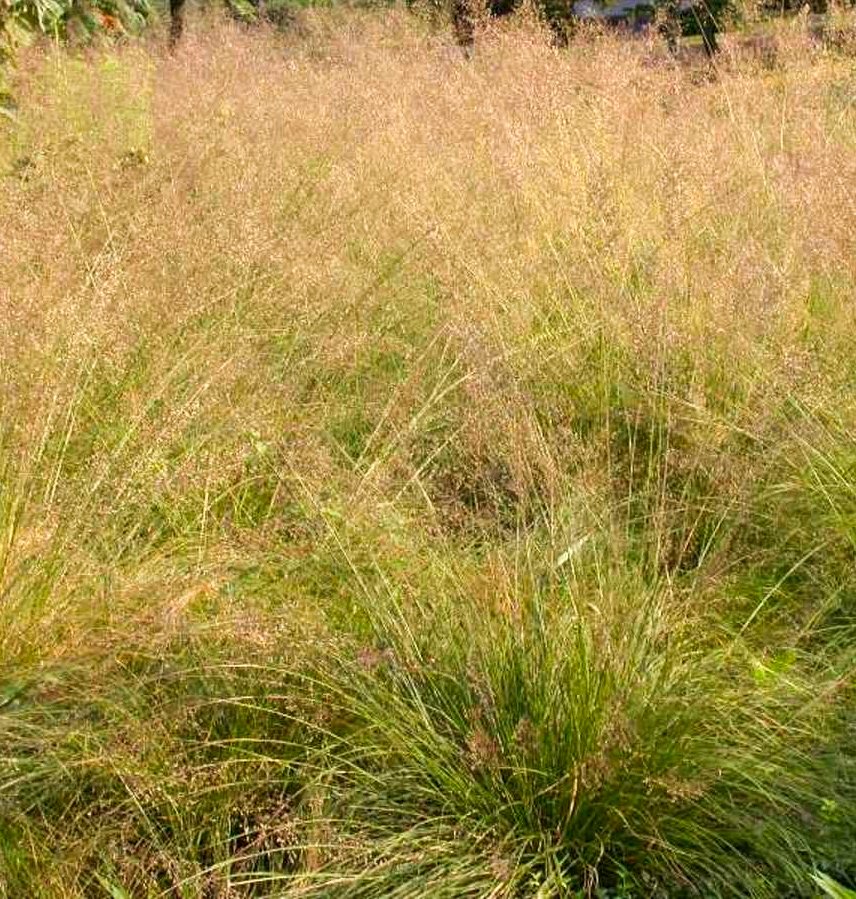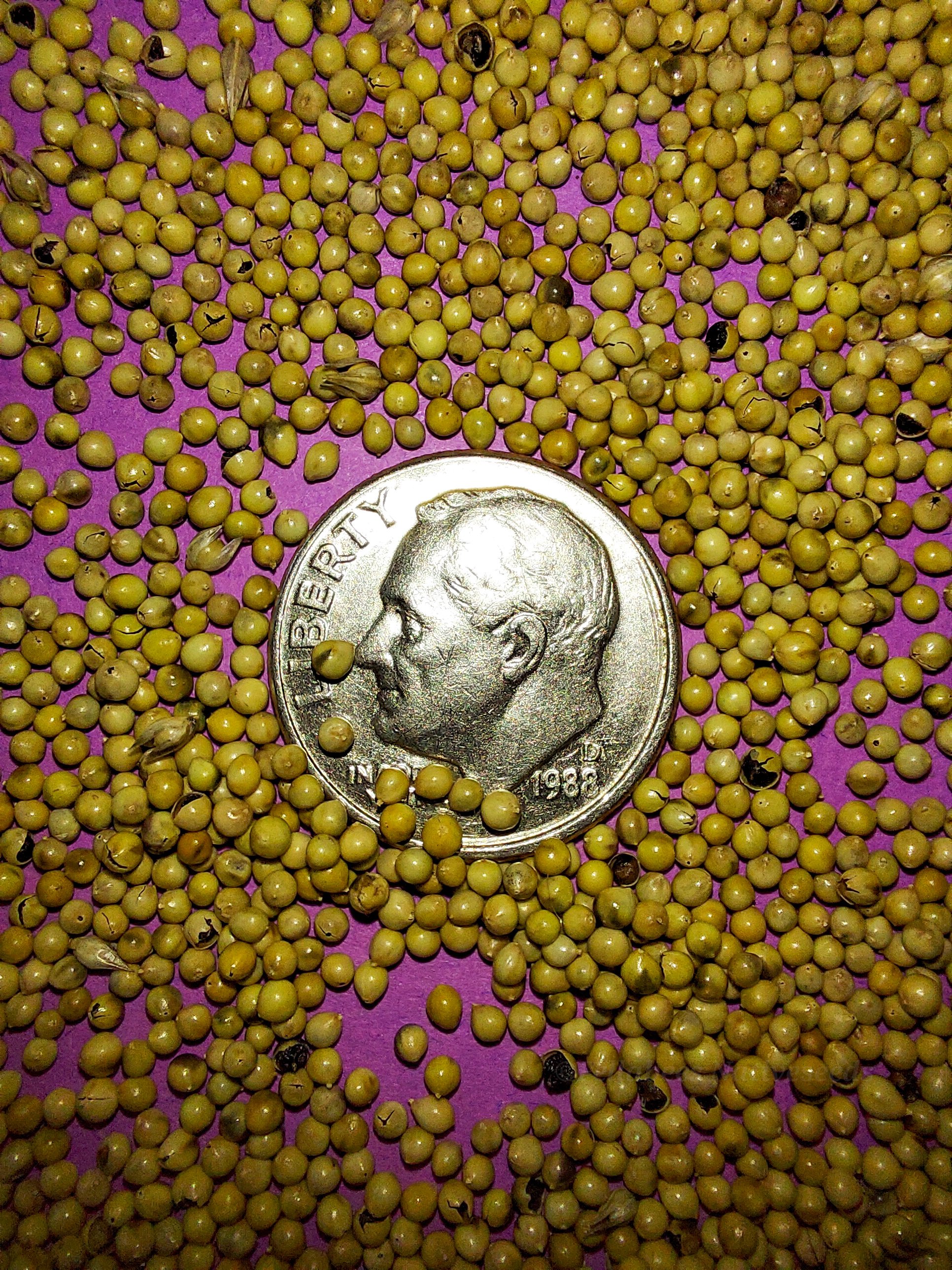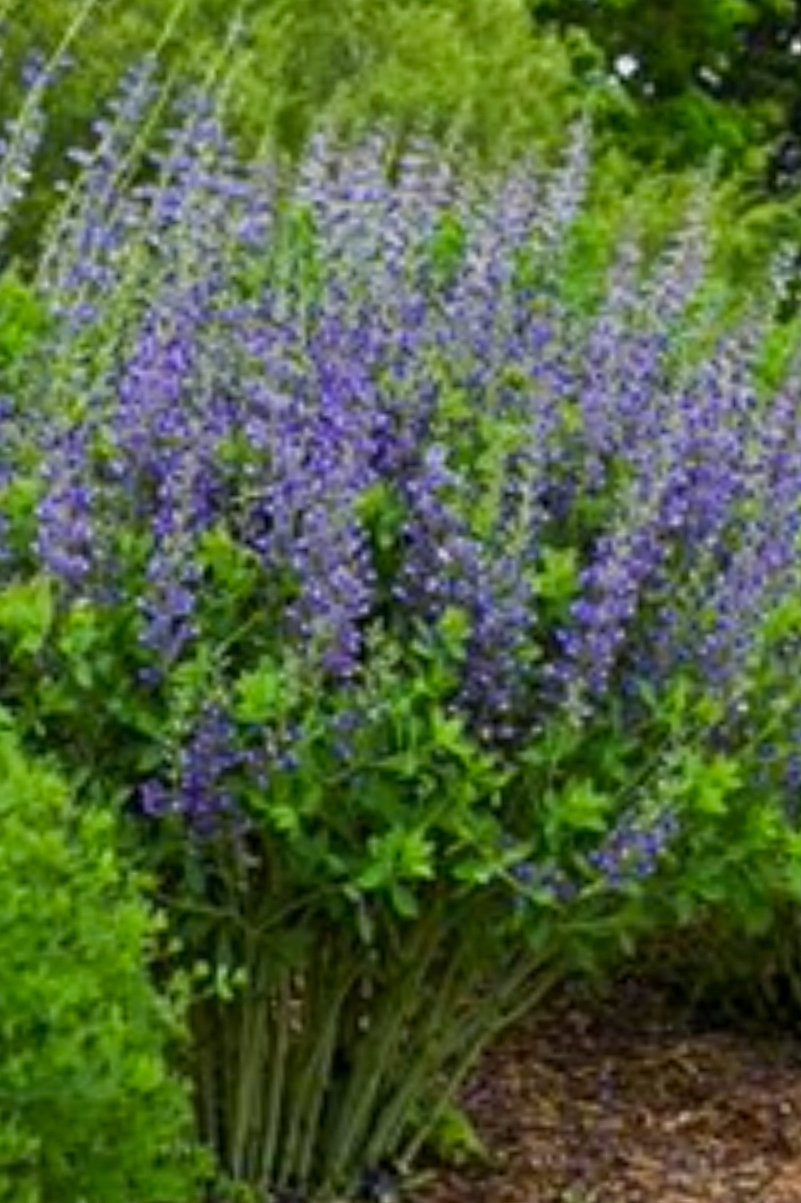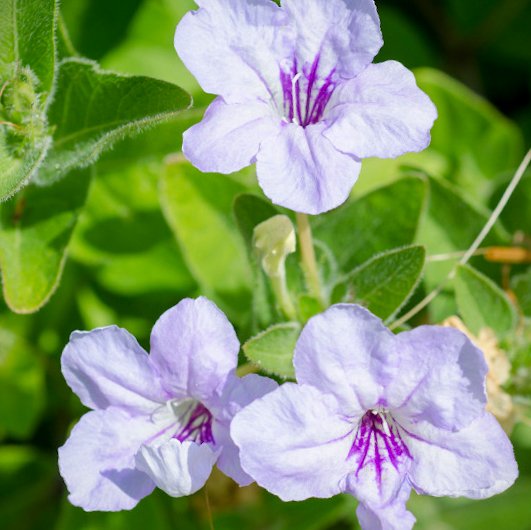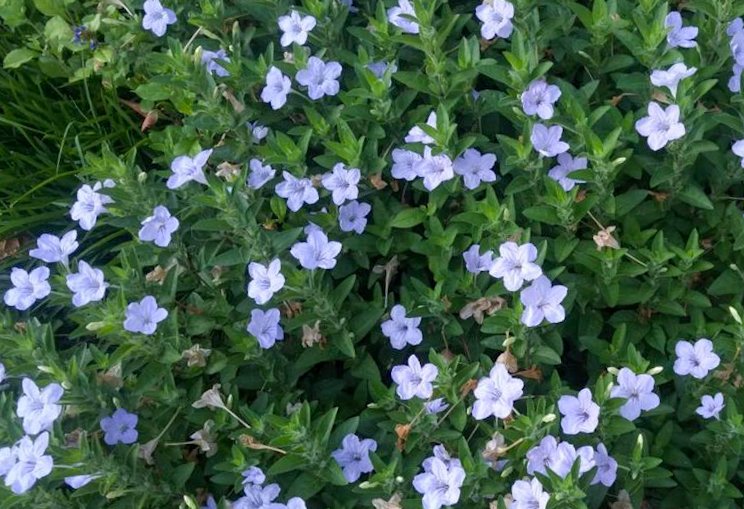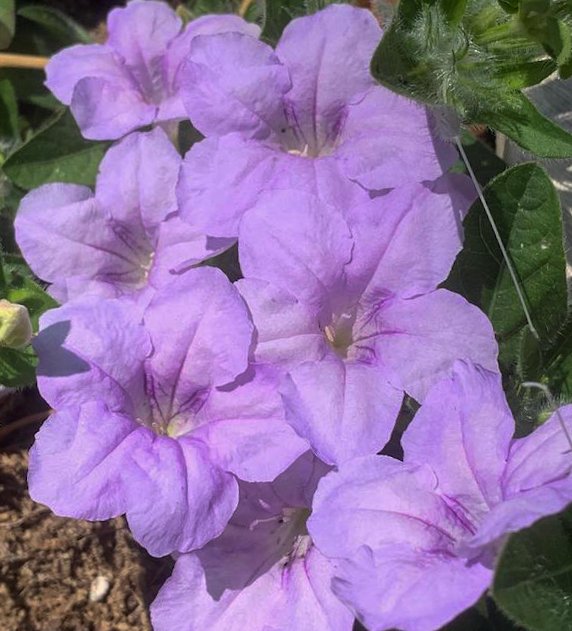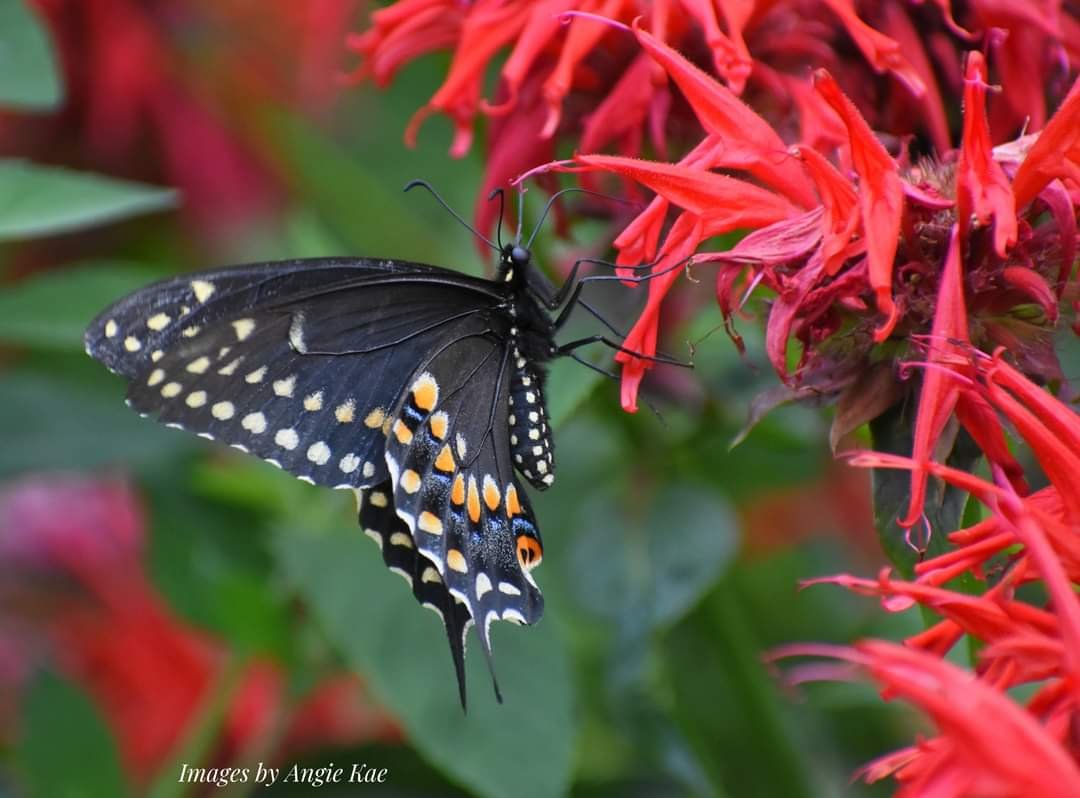 Image 1 of 11
Image 1 of 11

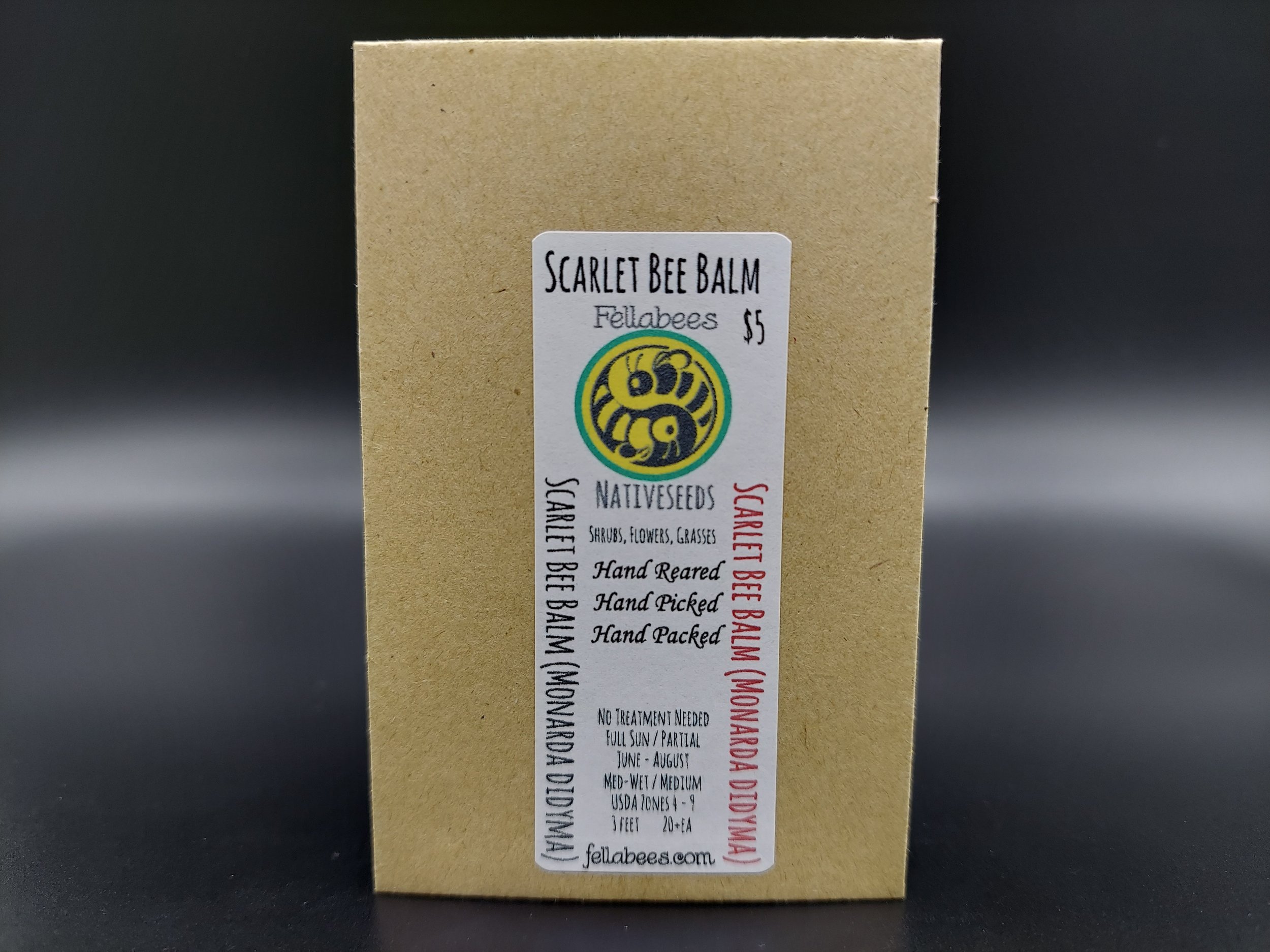 Image 2 of 11
Image 2 of 11

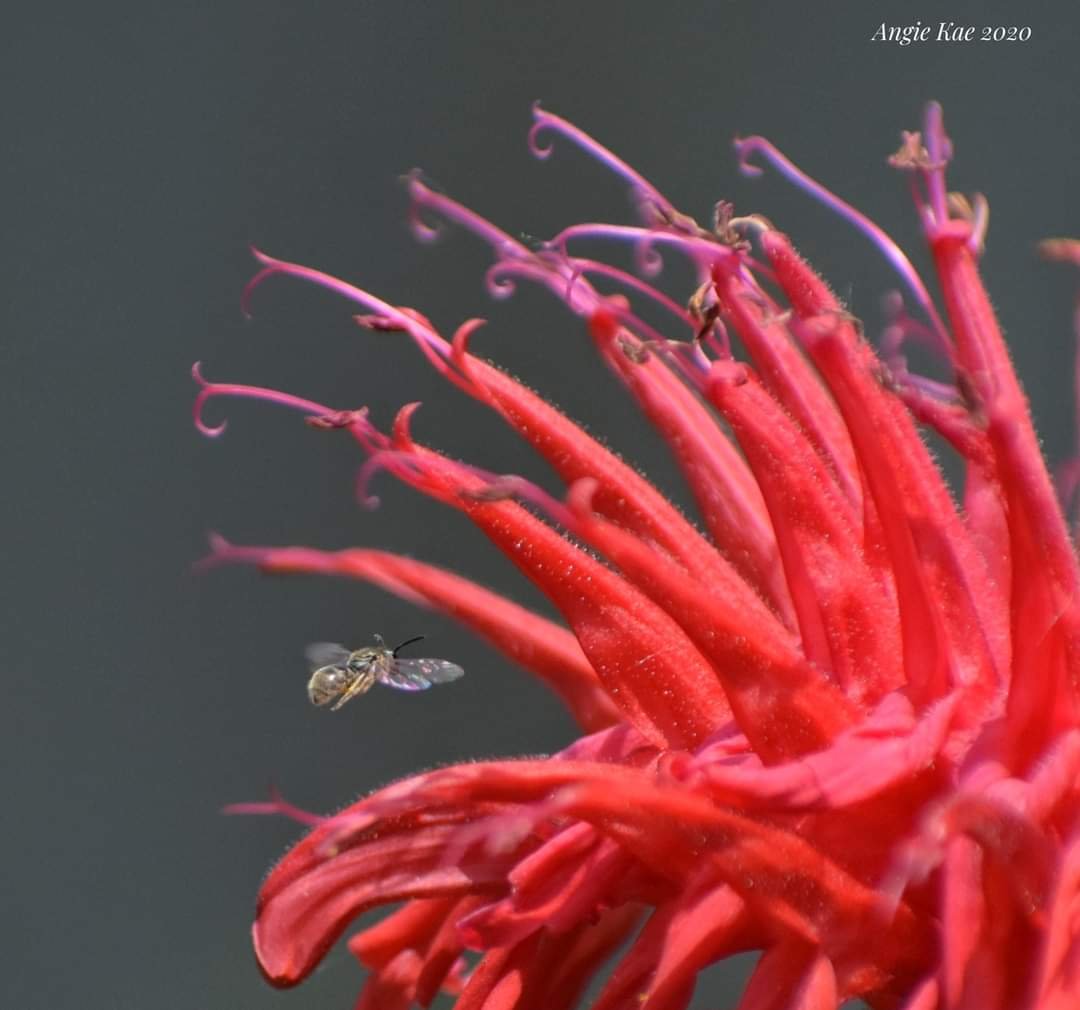 Image 3 of 11
Image 3 of 11

 Image 4 of 11
Image 4 of 11

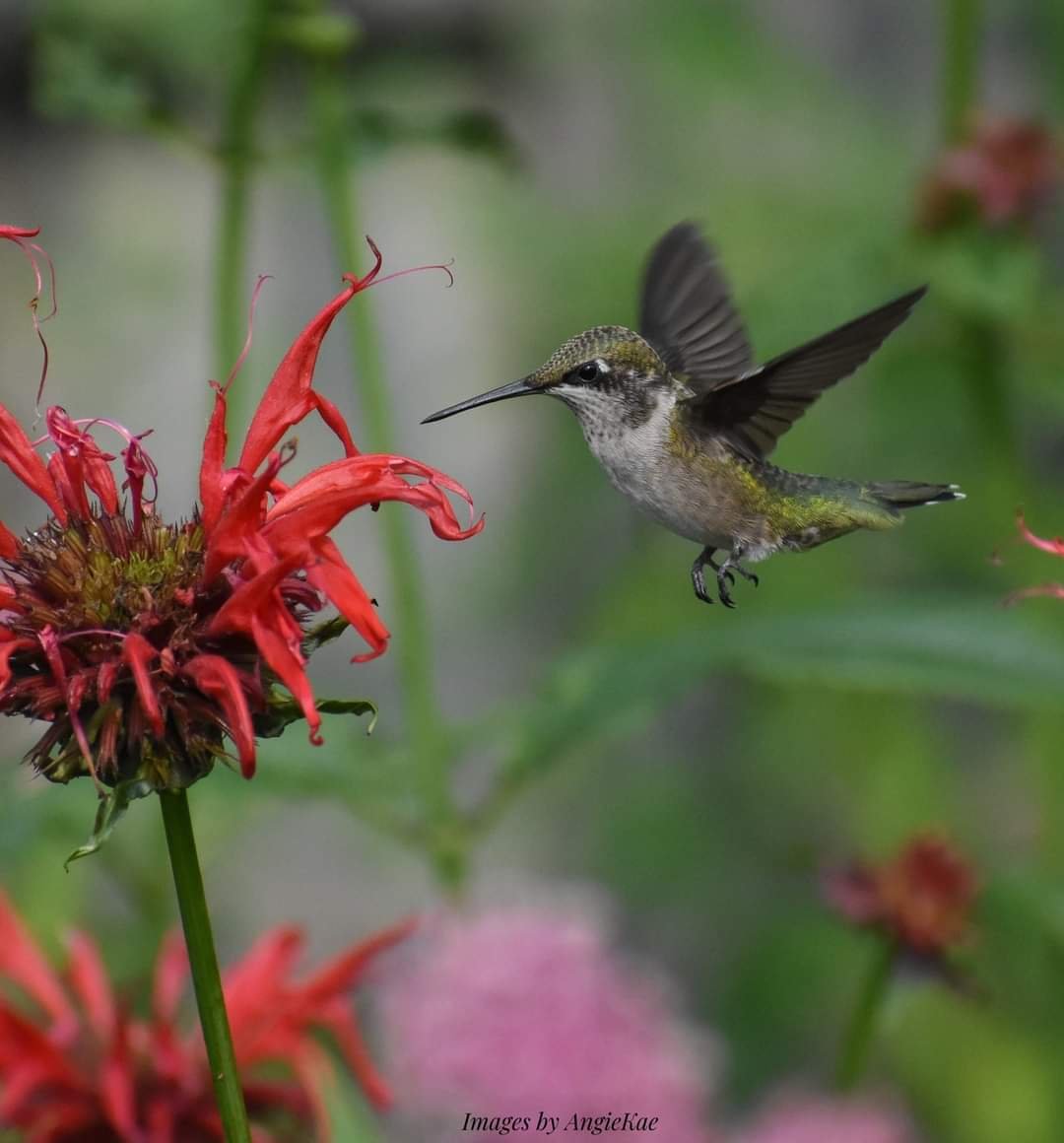 Image 5 of 11
Image 5 of 11

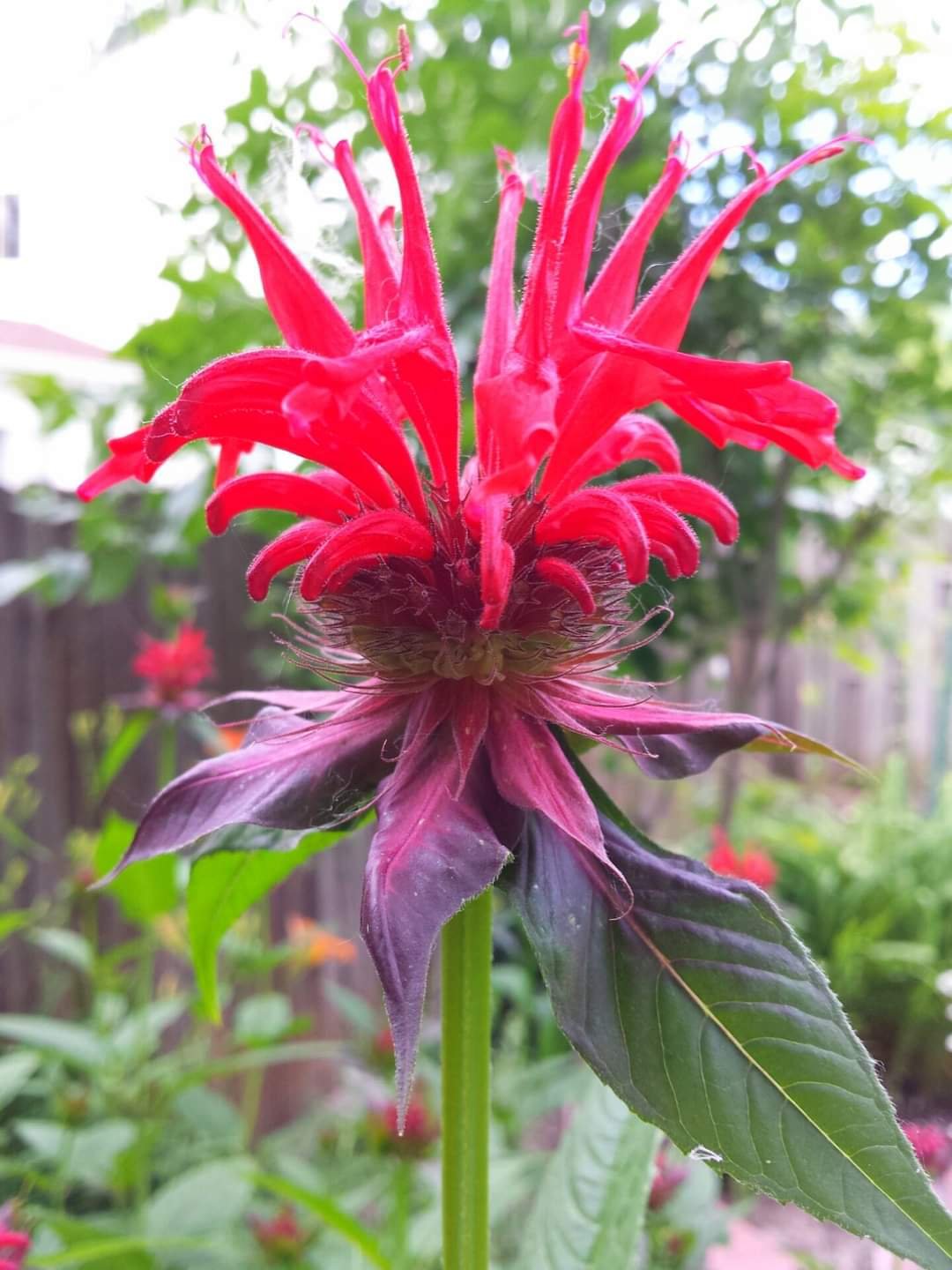 Image 6 of 11
Image 6 of 11

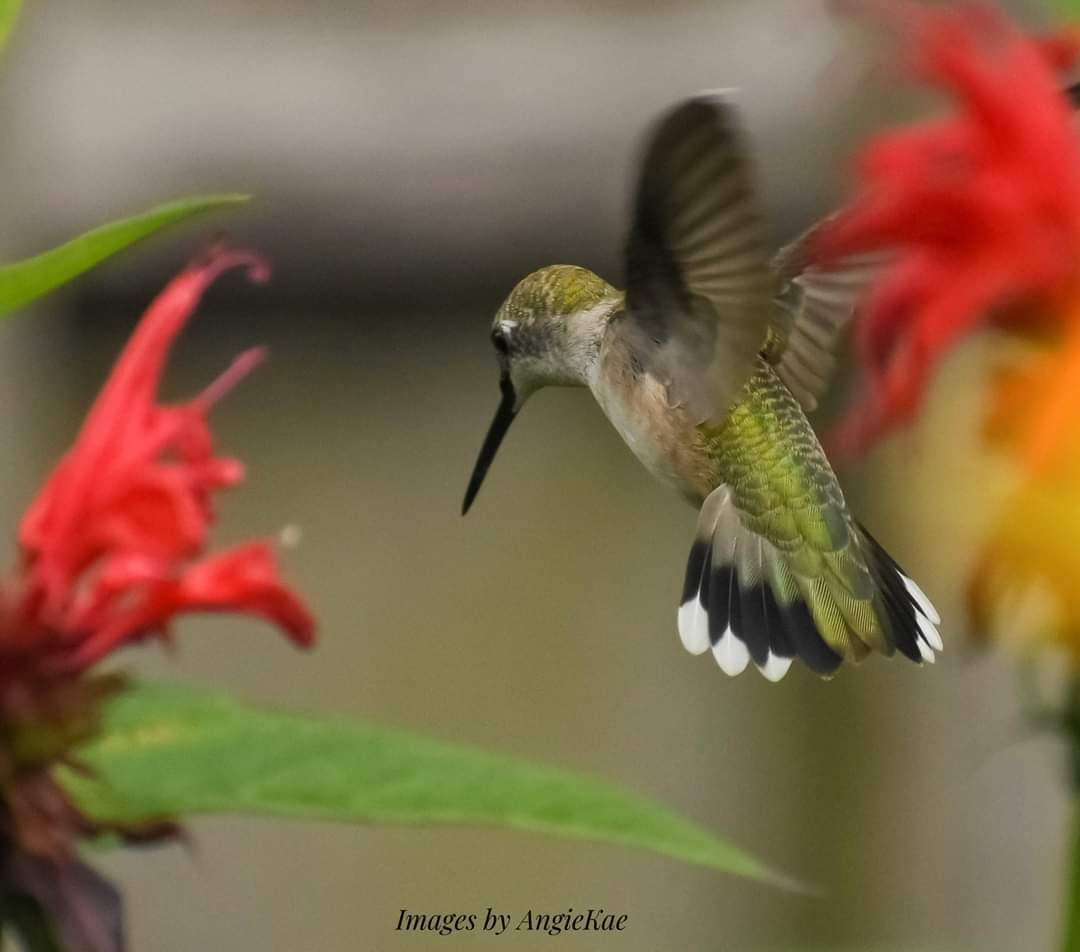 Image 7 of 11
Image 7 of 11

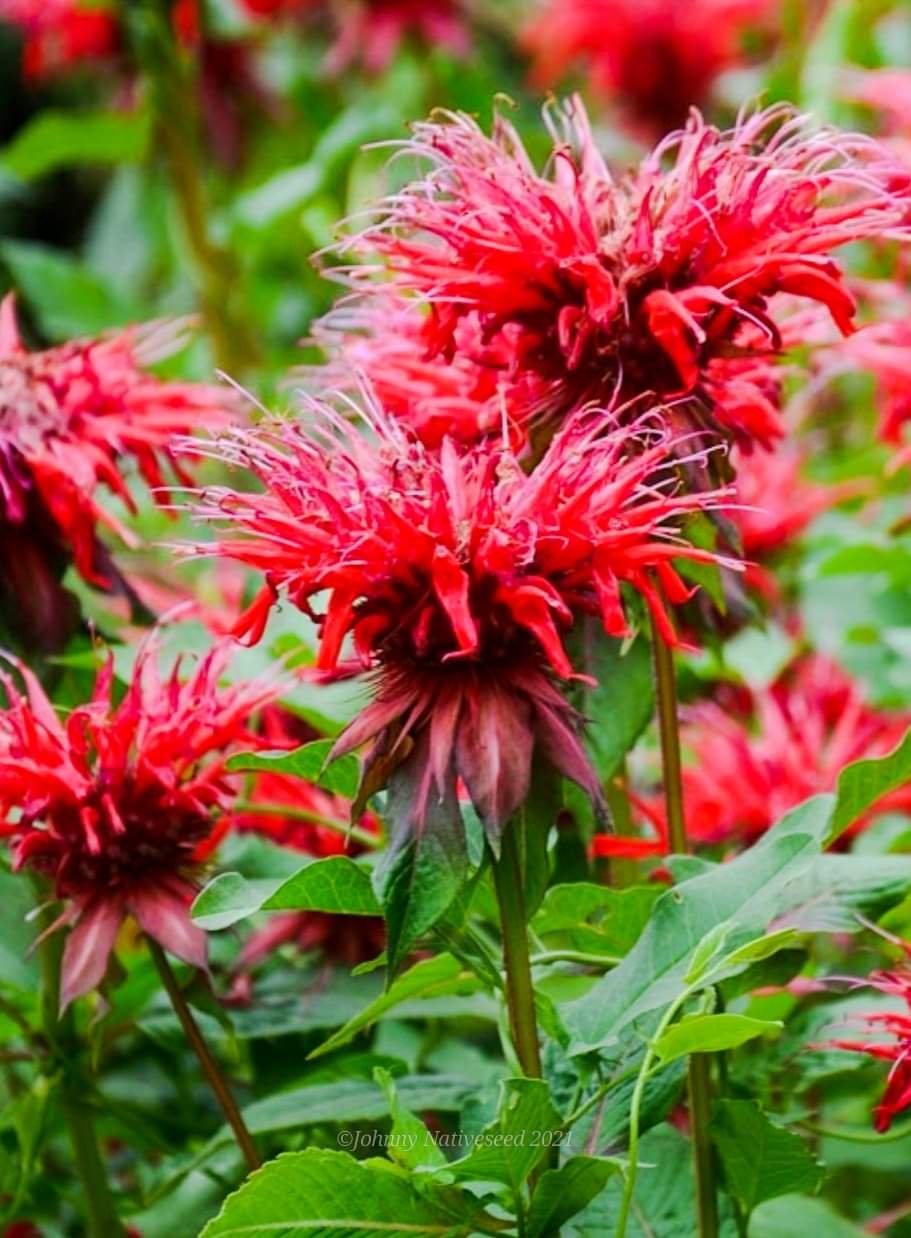 Image 8 of 11
Image 8 of 11

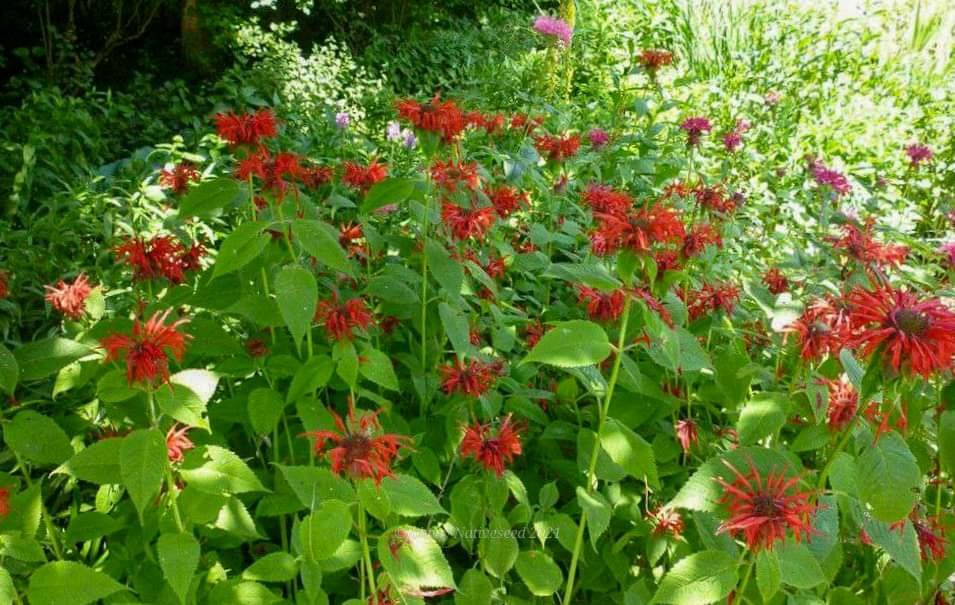 Image 9 of 11
Image 9 of 11

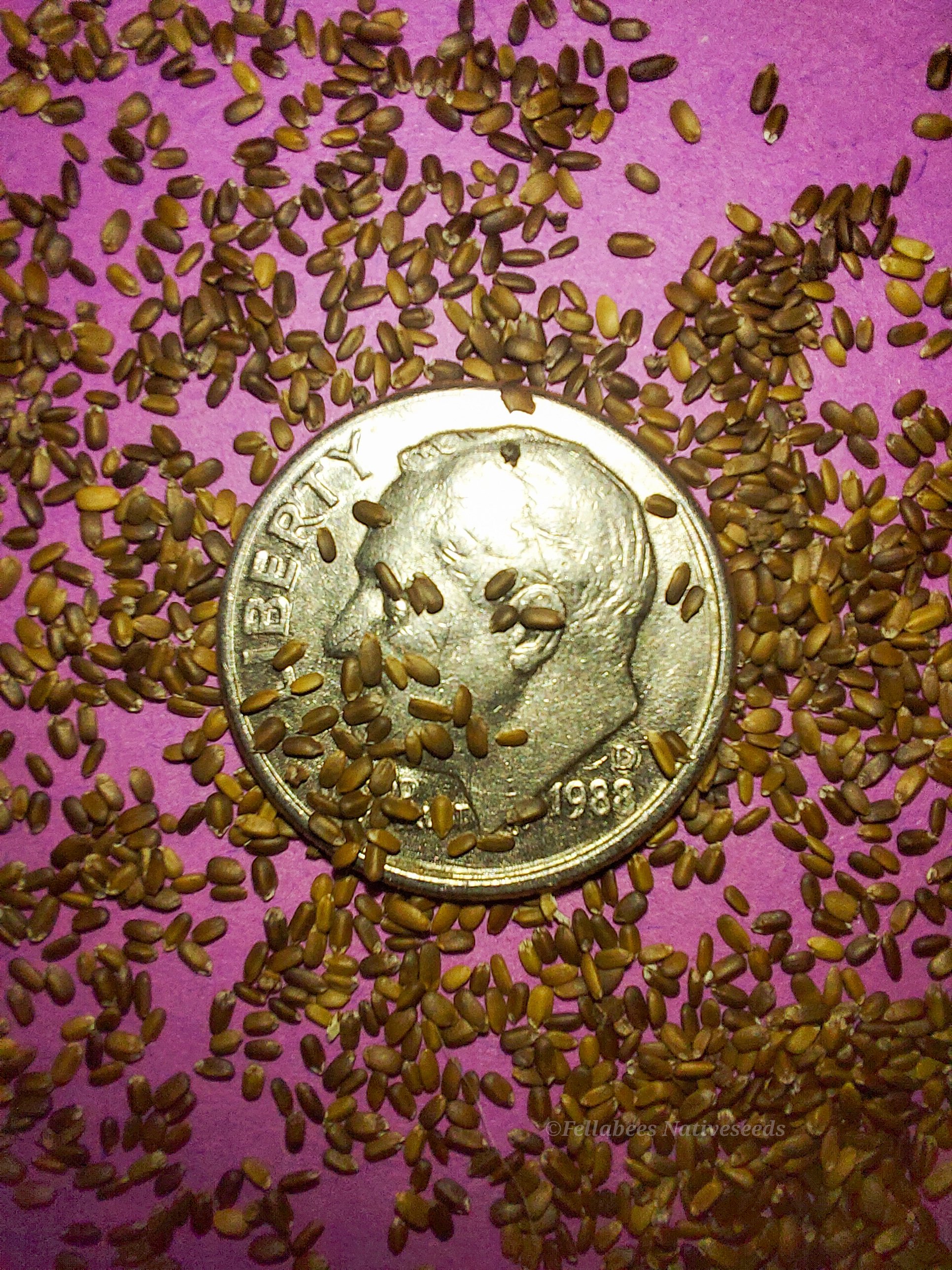 Image 10 of 11
Image 10 of 11

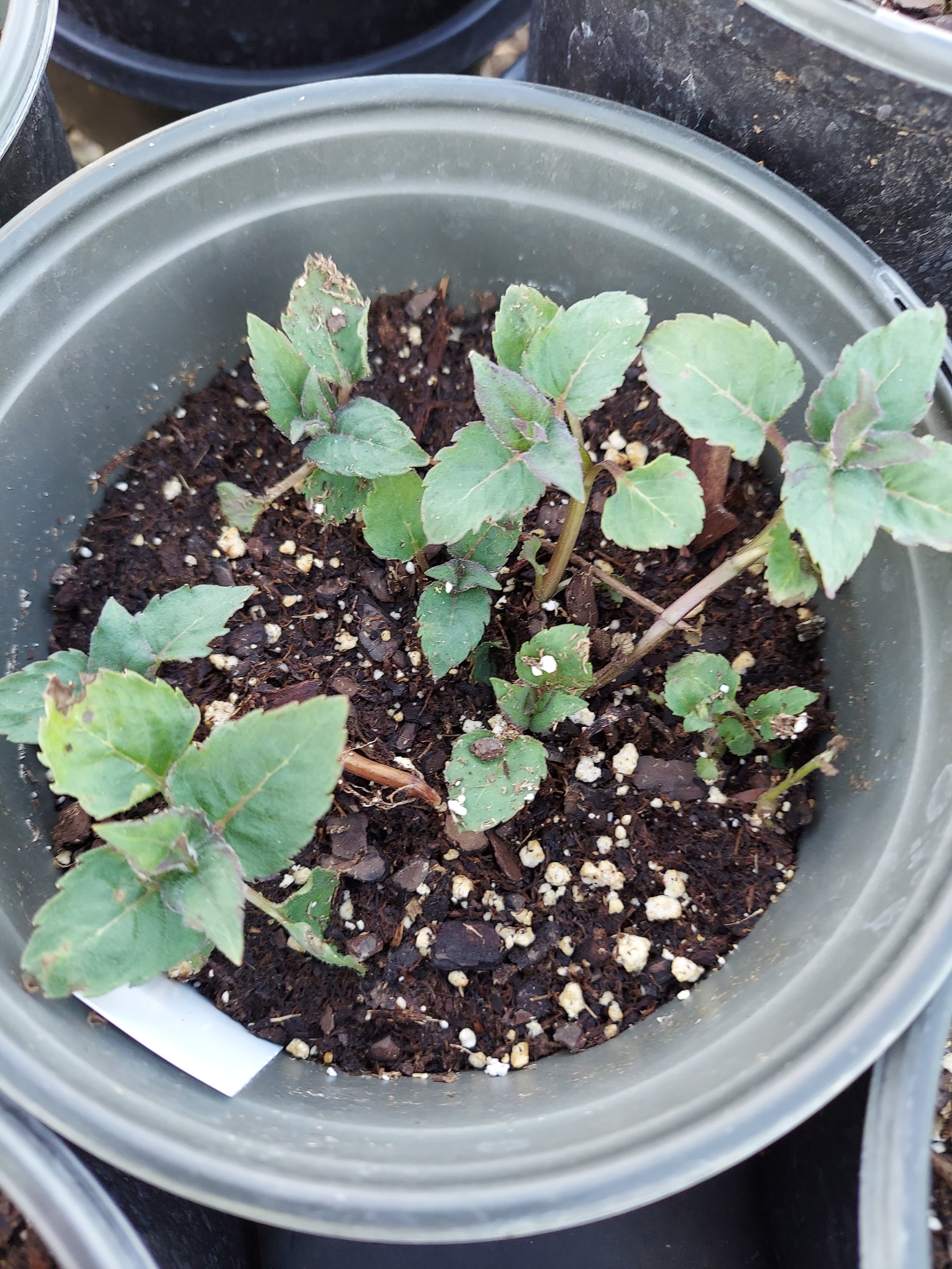 Image 11 of 11
Image 11 of 11












Scarlet Bee Balm (Monarda didyma)
Scarlet Bee Balm (Monarda didyma)
Monarda didyma, more commonly known as Scarlet Bee Balm, Crimson Beebalm, Scarlet Monarda, Oswego tea, or just Bergamot, is an especially aromatic herb in the mint family Lamiaceae.
Scarlet Bee Balm is native to eastern North America from Maine west to Ontario and Minnesota, and south to northern Georgia. Its enticing scent is like that of the bergamot orange (used to flavor Earl Grey tea). In fact, you can make tea from it!
This stunning plant is well known for its ability to attract hummingbirds and is a larval host to the Hermit Sphinx, Orange Mint Moth, and the Raspberry Pyrausta.
As with its purple cousin and also native Bee Balm, commonly named Wild Bergamot (Monarda fistulosa), and Scarlet Bee Balm have a long history of use as a medicinal plant by many Indigenous peoples. The Blackfoot people recognized this plant's strong antiseptic action, and used poultices of the plant for skin infections and minor wounds.
It can be made into an herbal, and also used to treat mouth and throat infections caused by dental caries and gingivitis. Monarda is the natural source of the antiseptic thymol, used as the primary active ingredient in modern commercial mouthwash formulas.
The Winnebago people used an herbal tea made from bee balm as a stimulant. It was also used as a carminative herb by Indigenous Americans to treat excessive flatulence. Most famously The Indigenous Americans of what is now Oswego, New York, made the leaves into a tea, giving it one of its more common names.
This plant is considered present, native but rare in several counties of the states of Michigan, New Jersey, and South Carolina.
This plant is present and introduced in Minnesota, Iowa, Illinois, Wisconsin, Indiana, Kentucky, Alabama, Connecticut, Rhode Island, Massachusetts, New Hampshire, and Maine.
*photography credit and copyright to Angie Kae for use of her photos of Scarlet Bee Balm.
Plant Details:
USDA Zones: 4-9
Germination Needs: No special treatment needed
Life Cycle: Perennial
Sun Exposure: Full to Partial
Soil Moisture: Medium-Wet, Medium
Plant Spacing: 1½ feet
Height: 3 - 5 feet
Bloom Time: June, July, August
Bloom Color: Red
Advantages
Pollinator Favorite: hummingbirds, butterflies, moths, bees, wasps, beetles
Bird Favorite: seeds, insects, fruit, nectar, nesting, perchs.
Deer Resistant: Yes
Native and/or present in : Wisconsin, Minnesota, Iowa, Illinois, Missouri, Indiana, Michigan, Ohio, Pennsylvania, New York, Vermont, New Hampshire, Maine, Massachusetts, Rhode Island, Connecticut, Delaware, Maryland, New Jersey, West Virginia, Virginia, Kentucky, Tennessee, North Carolina, South Carolina, Georgia, and Alabama.
.
.
Packet quantities:
We pride ourselves on ethical, hands on, ecological management, using no mechanical or chemical methods whatsoever.
All of our native seed is hand reared, hand picked, and hand packed from native prairies under our exclusive management, never breaking chain of custody from the field until it is sent to you. Each packet is hand prepared for shipment by us, directly.
Small seed species will contain greater than 20-25 seed
Large seed species will contain greater than 10-15 seed
It is our mission to spread the wealth of native plant and pollinator ecological sustainability, and educate back yard gardeners as well as corporate and government entities in how to germinate, grow, and benefit from native synergies.
Thank you for your support, it is because of you, that we can grow together to do, what we do.🐛🦋🐝🐞🌾🌱🌼🧡
Scarlet Bee Balm (Monarda didyma)
Monarda didyma, more commonly known as Scarlet Bee Balm, Crimson Beebalm, Scarlet Monarda, Oswego tea, or just Bergamot, is an especially aromatic herb in the mint family Lamiaceae.
Scarlet Bee Balm is native to eastern North America from Maine west to Ontario and Minnesota, and south to northern Georgia. Its enticing scent is like that of the bergamot orange (used to flavor Earl Grey tea). In fact, you can make tea from it!
This stunning plant is well known for its ability to attract hummingbirds and is a larval host to the Hermit Sphinx, Orange Mint Moth, and the Raspberry Pyrausta.
As with its purple cousin and also native Bee Balm, commonly named Wild Bergamot (Monarda fistulosa), and Scarlet Bee Balm have a long history of use as a medicinal plant by many Indigenous peoples. The Blackfoot people recognized this plant's strong antiseptic action, and used poultices of the plant for skin infections and minor wounds.
It can be made into an herbal, and also used to treat mouth and throat infections caused by dental caries and gingivitis. Monarda is the natural source of the antiseptic thymol, used as the primary active ingredient in modern commercial mouthwash formulas.
The Winnebago people used an herbal tea made from bee balm as a stimulant. It was also used as a carminative herb by Indigenous Americans to treat excessive flatulence. Most famously The Indigenous Americans of what is now Oswego, New York, made the leaves into a tea, giving it one of its more common names.
This plant is considered present, native but rare in several counties of the states of Michigan, New Jersey, and South Carolina.
This plant is present and introduced in Minnesota, Iowa, Illinois, Wisconsin, Indiana, Kentucky, Alabama, Connecticut, Rhode Island, Massachusetts, New Hampshire, and Maine.
*photography credit and copyright to Angie Kae for use of her photos of Scarlet Bee Balm.
Plant Details:
USDA Zones: 4-9
Germination Needs: No special treatment needed
Life Cycle: Perennial
Sun Exposure: Full to Partial
Soil Moisture: Medium-Wet, Medium
Plant Spacing: 1½ feet
Height: 3 - 5 feet
Bloom Time: June, July, August
Bloom Color: Red
Advantages
Pollinator Favorite: hummingbirds, butterflies, moths, bees, wasps, beetles
Bird Favorite: seeds, insects, fruit, nectar, nesting, perchs.
Deer Resistant: Yes
Native and/or present in : Wisconsin, Minnesota, Iowa, Illinois, Missouri, Indiana, Michigan, Ohio, Pennsylvania, New York, Vermont, New Hampshire, Maine, Massachusetts, Rhode Island, Connecticut, Delaware, Maryland, New Jersey, West Virginia, Virginia, Kentucky, Tennessee, North Carolina, South Carolina, Georgia, and Alabama.
.
.
Packet quantities:
We pride ourselves on ethical, hands on, ecological management, using no mechanical or chemical methods whatsoever.
All of our native seed is hand reared, hand picked, and hand packed from native prairies under our exclusive management, never breaking chain of custody from the field until it is sent to you. Each packet is hand prepared for shipment by us, directly.
Small seed species will contain greater than 20-25 seed
Large seed species will contain greater than 10-15 seed
It is our mission to spread the wealth of native plant and pollinator ecological sustainability, and educate back yard gardeners as well as corporate and government entities in how to germinate, grow, and benefit from native synergies.
Thank you for your support, it is because of you, that we can grow together to do, what we do.🐛🦋🐝🐞🌾🌱🌼🧡
